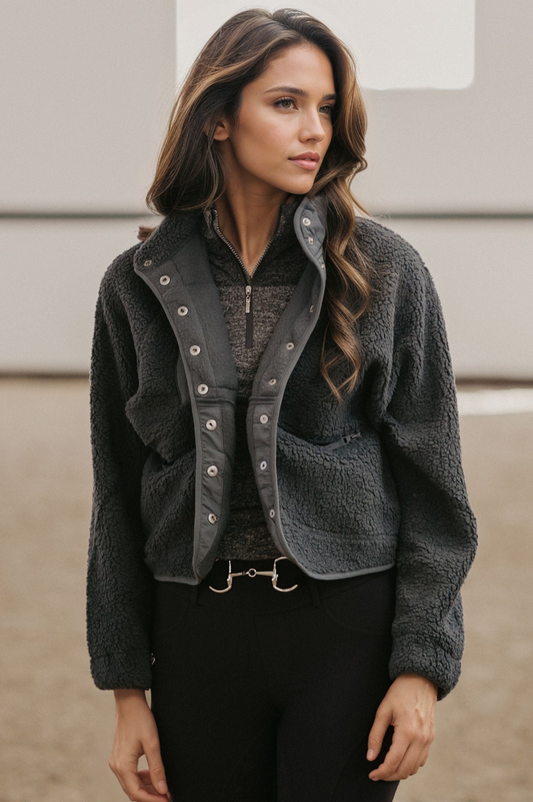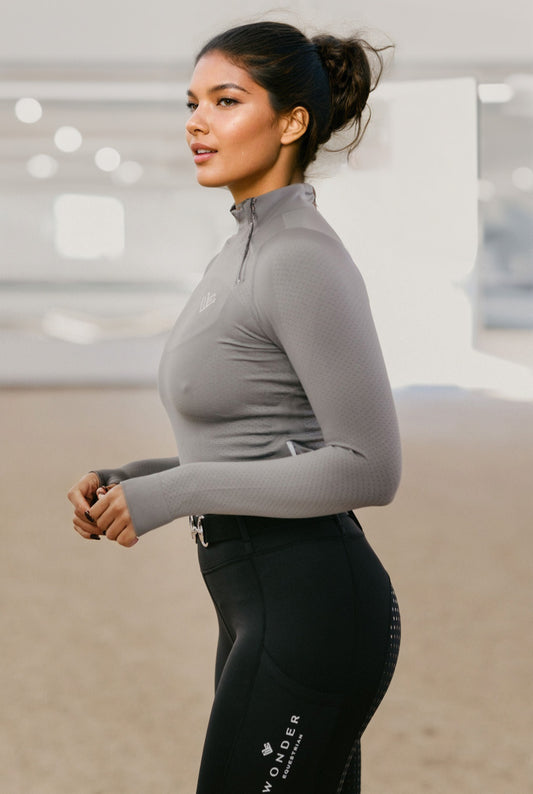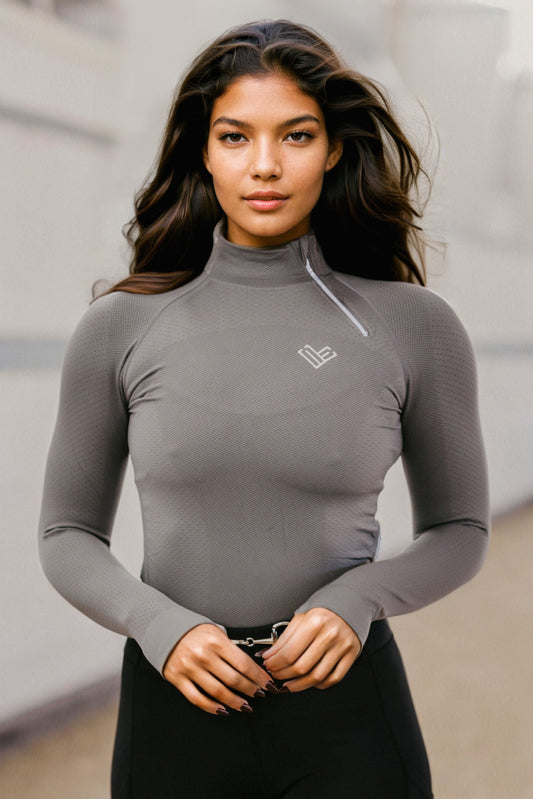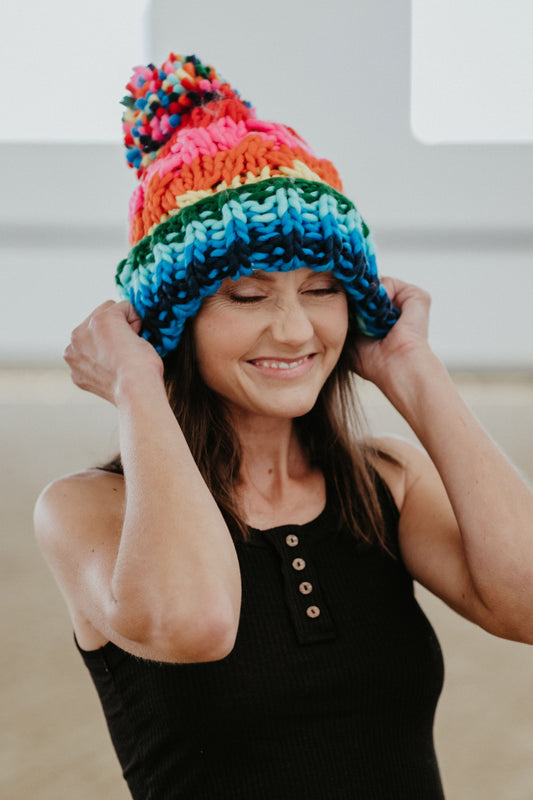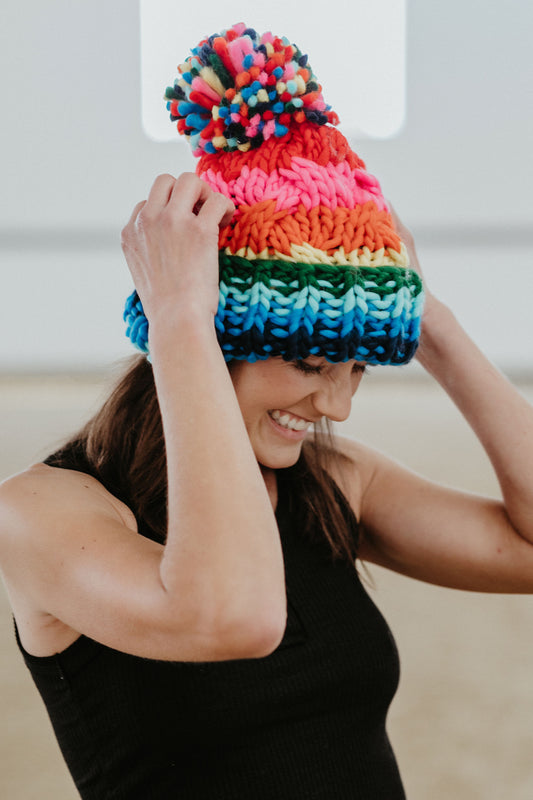Introduction
For equestrians, facing the elements is a part of daily life. Whether it's a light drizzle or a torrential downpour, ensuring that you and your tack remain dry is crucial. The right waterproof outerwear not only protects you from the weather but also offers comfort and mobility, essential factors when handling horses. This guide will help you navigate the vast array of options available, ensuring you make an informed decision tailored to your equestrian needs.
Understanding Waterproof Technologies
Before diving into specific products, it's crucial to understand the technology behind waterproof materials. The most common terms you’ll encounter are waterproof, water-resistant, and water-repellent, each offering different levels of protection. Waterproof garments provide the highest level of defense against rain, sleet, and snow, thanks to membranes or coatings that block moisture from penetrating. Water-resistant items offer a lower level of protection, suitable for light rain or short periods of exposure. Finally, water-repellent outerwear features a coating that makes water bead up and roll off, providing a temporary barrier against moisture.
Fabric Breathability
In addition to keeping you dry, it's essential for your outerwear to allow moisture from your body to escape, especially during intense activity. Breathability ratings, measured in grams, indicate how much water vapor can pass through a fabric over 24 hours. Higher ratings mean more breathability, which is particularly crucial if you’re working hard in the saddle or on the ground.
Features to Consider
When choosing your waterproof outerwear, consider these key features to enhance your riding experience, regardless of the weather:
Durability
Equestrian activities require materials that withstand abrasion and tearing. Look for outerwear designed specifically for horse riding, which will likely feature reinforced panels in high-wear areas.
Flexibility and Fit
Your outerwear should allow freedom of movement without being too bulky. Features like articulated elbows and gusseted shoulders are advantageous. Also, consider adjustable cuffs and hems to keep water out and ensure a snug fit.
Integrated Hood
An adjustable hood can be a lifesaver during unexpected downpours. Ensure it’s designed to fit over your riding helmet for added convenience and protection.
Ventilation
Underarm zips or back vents can significantly improve air circulation, preventing overheating and reducing sweat build-up.
Reflective Details
If you find yourself riding in low-light conditions, reflective trims can enhance visibility, ensuring your and your horse's safety.
Top Picks for Equestrian Waterproof Outerwear
Considering the features mentioned above, there are several tried and tested brands that consistently rank high among equestrians:
- Ariat®: Known for their durable and stylish equestrian apparel, Ariat’s waterproof jackets offer excellent breathability and comfort.
- Horseware Ireland: Offers a range of waterproof and breathable jackets and coats designed specifically for riders, with practical features such as two-way zips and detachable hoods.
- Pikeur: A premium brand that focuses on high-performance fabrics, providing waterproof, windproof, and breathable options that do not sacrifice style.
Final Thoughts
Choosing the right waterproof outerwear involves balancing functionality, durability, and personal style. By considering the factors outlined in this guide, you can find a garment that not only keeps you dry and comfortable in all weather conditions but also lasts for years. Remember, investing in quality outerwear is investing in your comfort and success as an equestrian.
Shop Wonder Equestrian



